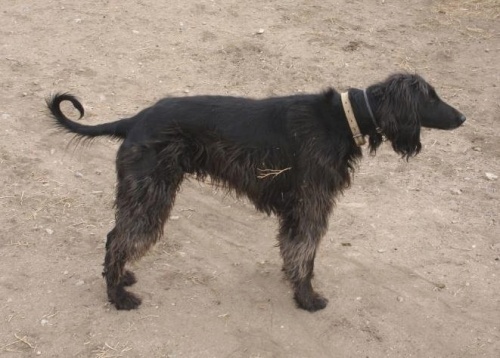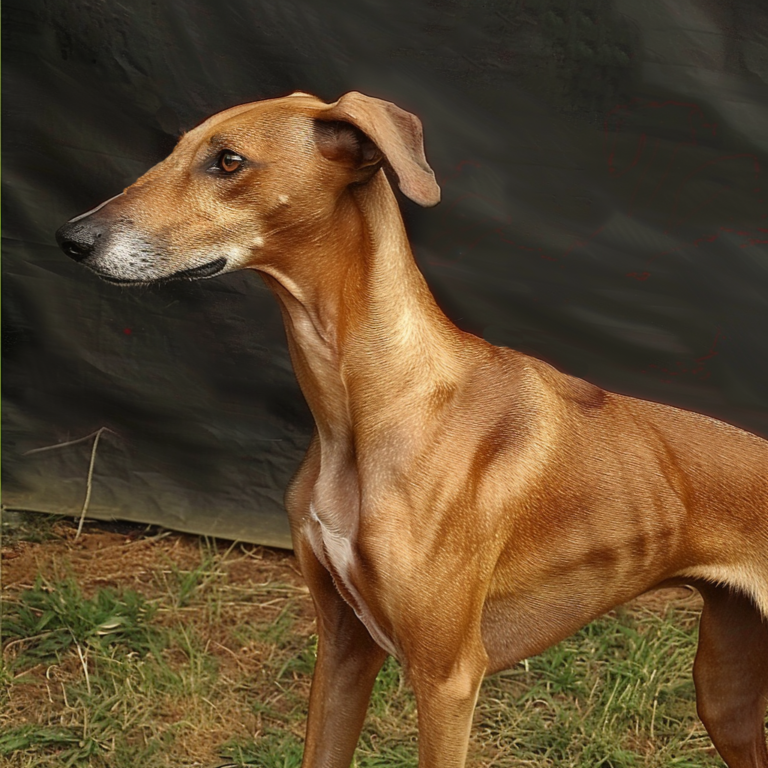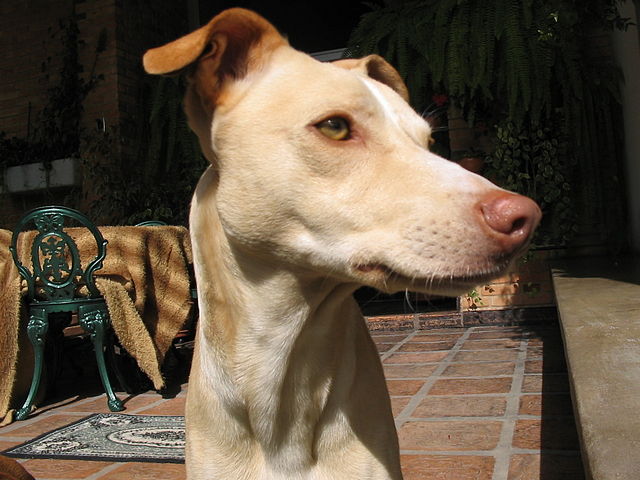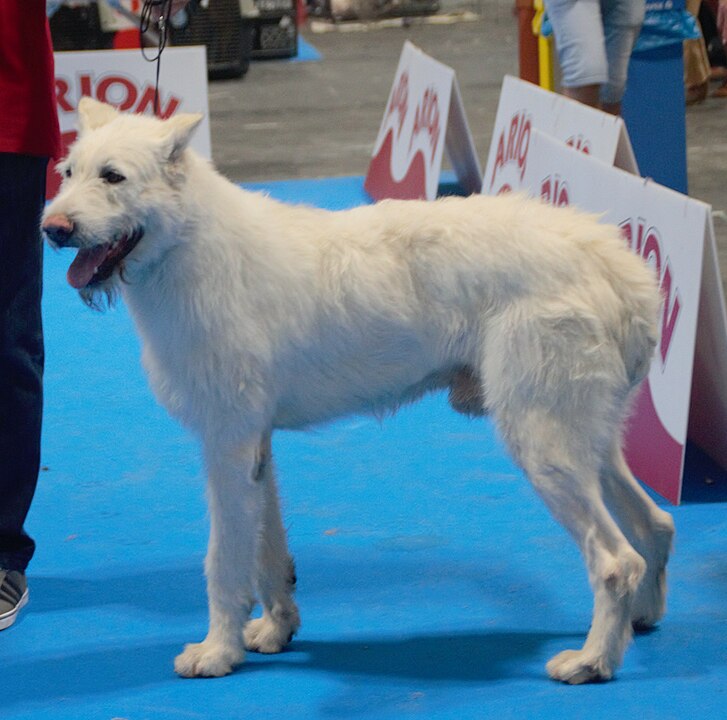The Taigan (pronounced ti-jan) is a sighthound breed from Kyrgystan which is closely related to both the Saluki and the Tazy. Possessing great stamina in the hunt, particularly in the high altitudes in which they were created, they frequently hunt alongside a trained Golden Eagle while running down prey! This versatile hound is also capable of retrieving fallen small prey, and has a talented nose for tracking as well. They are used to hunt a large variety of prey, everything from small game such as the hare, badger and fox, to larger animals such as deer and even wolves! Unfortunately the breed is currently very rare and on the verge of extinction – seldom seen outside of Russia, where they are recognized. It can also be difficult to obtain one as the Kyrgyz people are guarded and cautious about letting their puppies go to people that they don’t know.
Taigans are alert, active and capable of running very fast (up to 35-37 MPH). They are persistent hunters which means if they catch sight of a running animal they are likely to race after it irregardless of any danger around them such as traffic. They do need daily exercise but it should be on leash or in a safely fenced yard, and any opportunities to run in a decent-sized backyard each day is the most ideal form of exercise for them. After short bursts of energy, they are fairly inactive indoors and make easy house companions, but they do need lots of access to properties in which to run. Because of their backyard needs they are not recommended for apartment living.
The Taigan is intelligent but overall independent. While he can be trained, an owner must utilize respect and non-abrasiveness towards this sensitive breed. Keep in mind that he can be bullheaded at times and may need firm guidance, but firmness does not have to equal harshness! Utilize consistency and a patient, yet resolved attitude and this will go a long way in teaching him. A heaping dose of positive reinforcement won’t hurt either! He can be taught obedience by a persistent owner although he usually prefers running dog sports such as lure coursing. Taigans can make excellent watchdogs and even guard dogs – traits that aren’t generally common for most sighthounds. They have even been utilized for livestock guardian duties! 
Taigans tend to have stable temperaments and are gentle with humans, with whom they are pleasant and gracious towards. They aren’t fans of small children as they can easily get distressed by rough treatment and unpredictability (both of which toddlers often have), but get along easily with well behaved older kids. They are not a typical “in your face” type breed as far as overt affection and instead have a generally aloof personality, although they are loyal and loving. They usually get along nicely with other dogs although tend to chase cats and other small pets. Some do ok when raised with cats, but mileage may vary.
Although an official standard is difficult to come across for this breed, the Taigan has a few key physical features that define it. The coat is medium in length, with a distinctive undercoat that gets thicker in winter, and the coat can even be somewhat curly. The ears and tails are especially long, and the hair that grows on the feet is protective and padded like little boots. Various colors are seen, but most often fawn, cream, black, brown, white and gray – either solid or with white markings. He has a typical sighthound build including long legs and an elongated muzzle. A long tail ends in a ring which typically cannot be pulled straight. He is medium to large in height, and delicate in build.
The average lifespan for the Taigan is 11-13 years and most dogs are healthy although bloat can occur. This is a condition that seems to have both a genetic basis, as well as an environmental/situational one. Prospective owners should read up on how to minimize the risk of bloat before acquiring one of the deep chested breeds most prone to it, such as the Taigan. Health conditions seen less commonly in the breed include hip and elbow dysplasia, osteoarthritis and dental issues.



